Visit Time: April 18(FRI) 13:00-17:00
Boarding Location: The Entrance of Kingswell Hotel-Tongji
Gathering Time: 12:50
Visit Route:Spot 1: Park Greenhouse Garden of Shanghai Expo Culture;Spot2: Shanghai Museum East
Notes:
- The Conference Affairs Group will make group reservations or purchase group tickets in a unified manner based on the statistical visiting demands, and arrange transportation.
- The departure time is 1 p.m. Please arrive at the boarding location 10 minutes in advance.
- Please bring your valid personal identification documents (ID cards or passports) in advance for inspection.
- After the technical visit, the conference vehicles will return to Kingswell Hotel-Tongji punctually at 17:00 p.m. If you need to take the vehicle, please arrive at the designated location 10 minutes in advance to board. Those who fail to board the vehicle beyond the agreed time should arrange their own itinerary. Thank you!
Shanghai Expo Cultural Park Greenhouse Garden is currently the largest glass greenhouse garden in Asia. It is located in the center of the southern area of Shanghai World Expo Cultural Park, with a total floor area of about 37,500 ㎡. It consists of a visitor service center and three theme venues, displaying vegetation and natural scenery under various climatic conditions. It was joint designed by Arcplus Institute of Shanghai Architectural Design & Research(Co.,Ltd.) and Delugan Meissl Associated Architects . This greenhouse garden was rebuilt from the old factory building of Shanghai No.3 Steel Plant. The designers ingeniously retain the steel structure trusses of the original workshop of Shanghai No. 3 Steel Plant, and creatively adopt an aluminum alloy suspension and string structure system, creating a large indoor space without beams and columns.
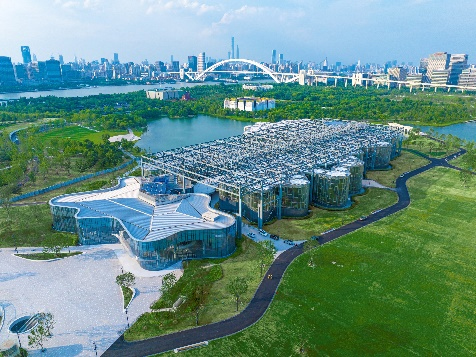

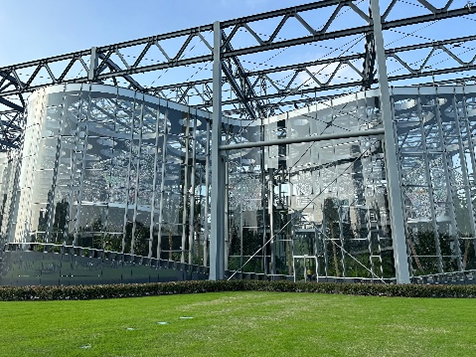
Shanghai Museum East is a world top tier museum of ancient Chinese art. It is a major cultural facility project of Shanghai, located at 1952 Century Avenue, Pudong New District, Shanghai. The total floor area is 113,200 m2, with six floors above ground and two floors underground. There are 20 exhibition halls and multiple interactive experience spaces, and 10.5% of the all collections are precious collections. Shanghai Museum East is an original architectural design by Tongji Architectural Design (Group) Co., Ltd. The main structure system is a steel frame-bracing structure, and it adopts an earthquake energy dissipation technique of combined displacement-related and velocity-related dampers, achieving the designed service life of 100 years and ensuring the safety of the precious art collections.
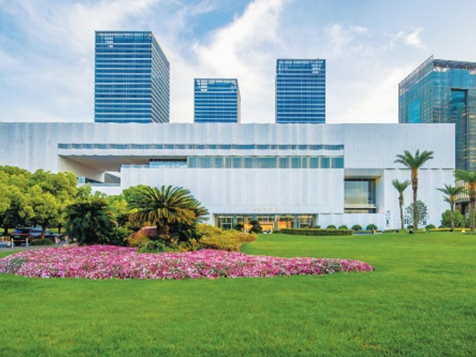
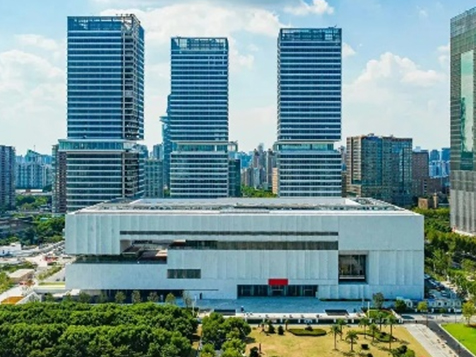
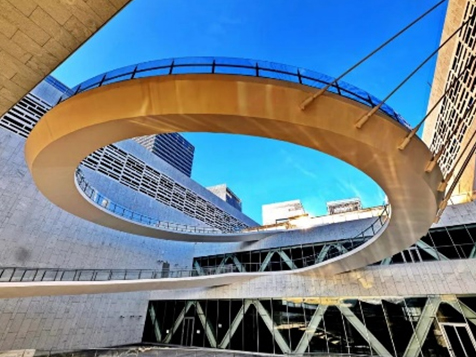
 1239, Siping Road, Shanghai, P.R. China
1239, Siping Road, Shanghai, P.R. China
 +86-21-65986151/65980531
+86-21-65986151/65980531 sewc2025@163.com
sewc2025@163.com
 loading......
loading......